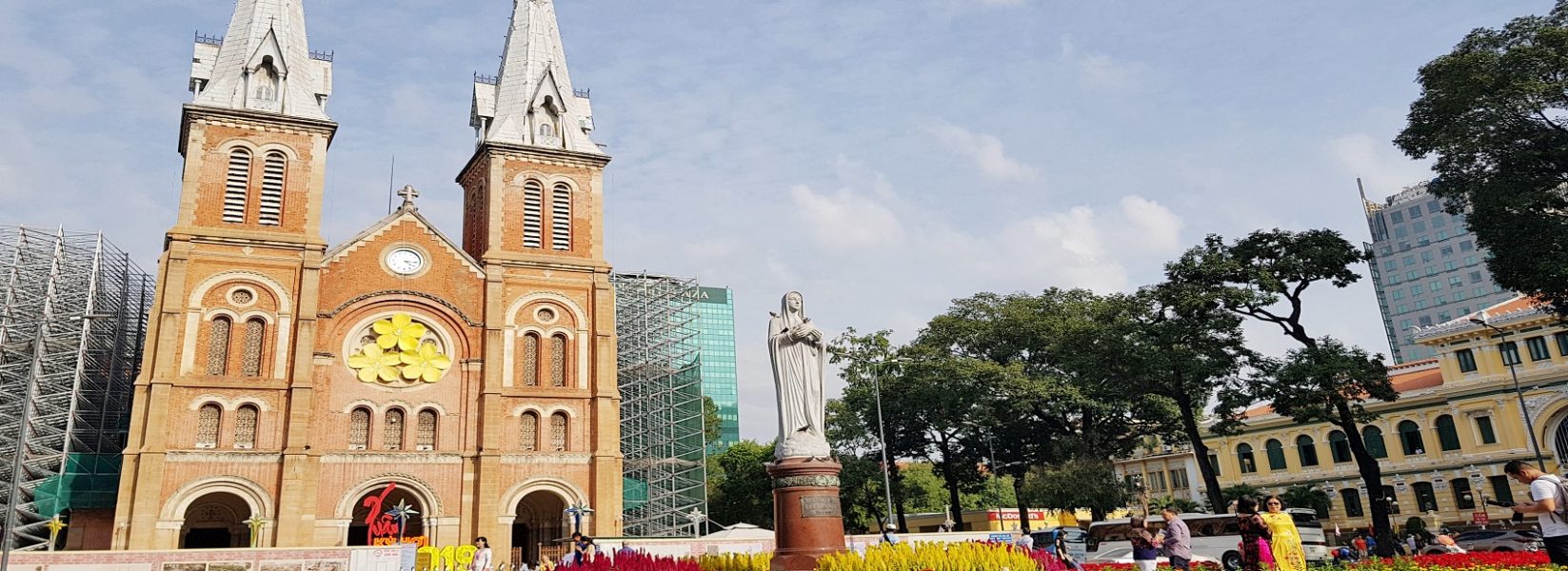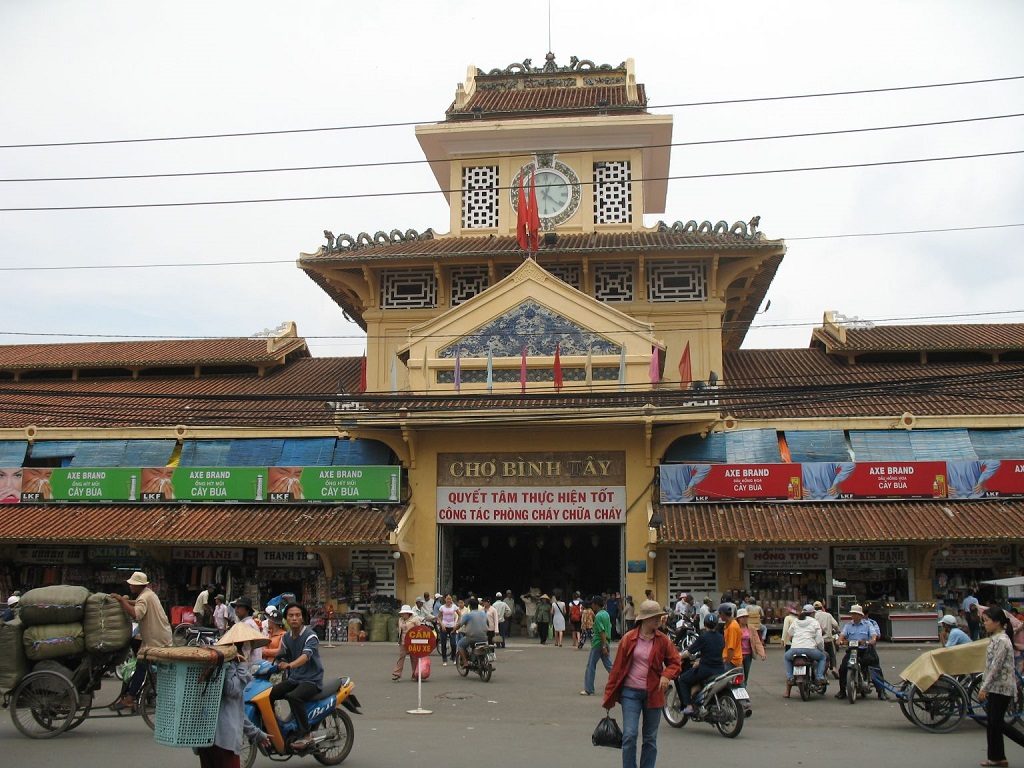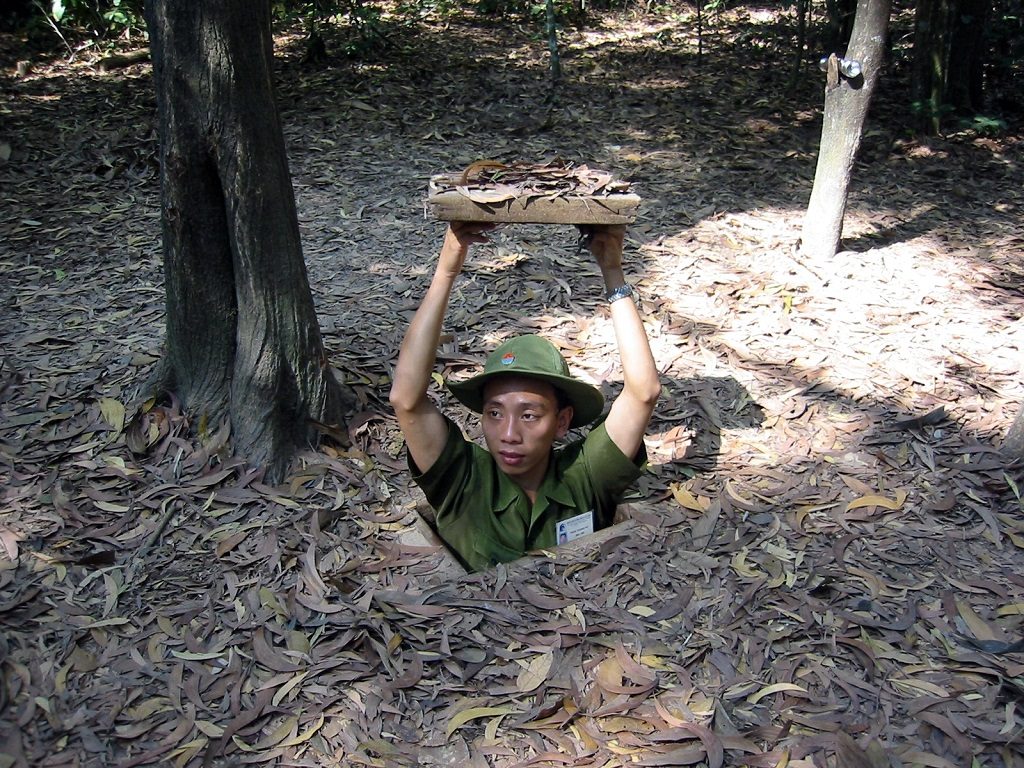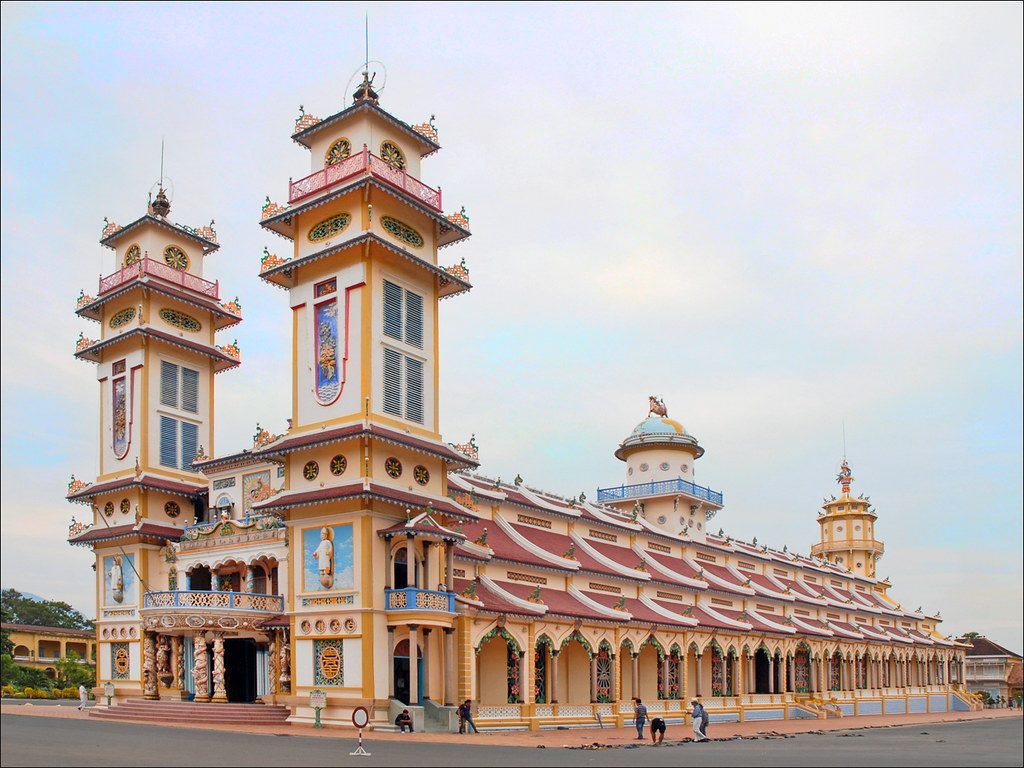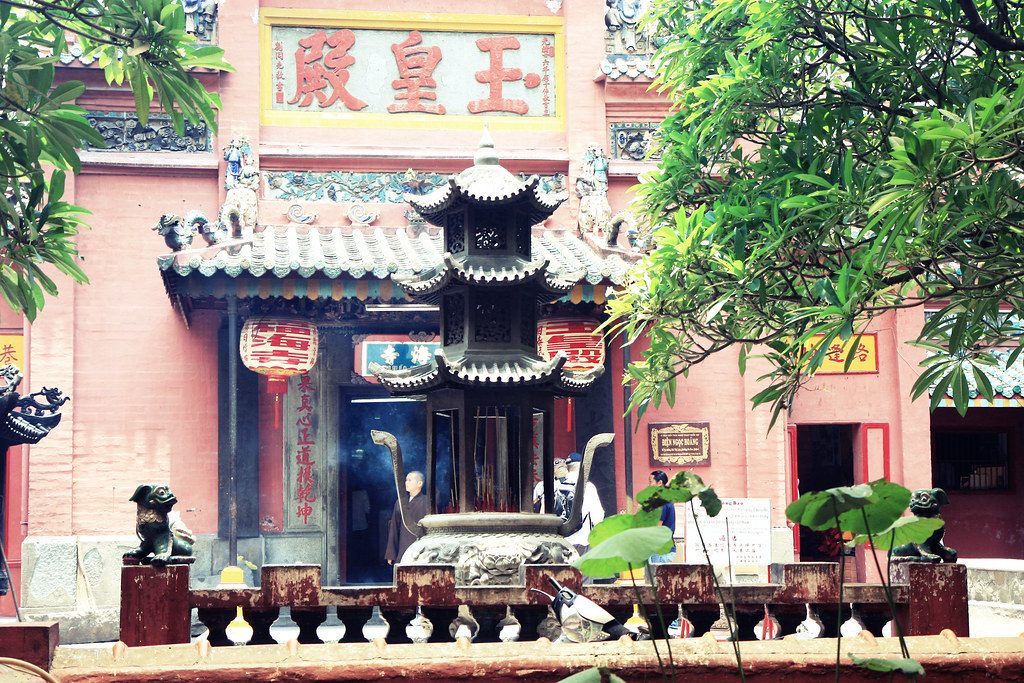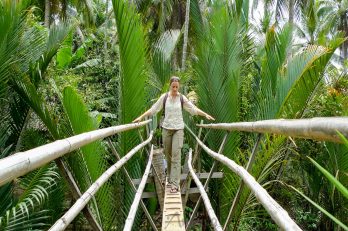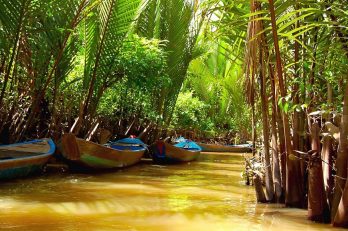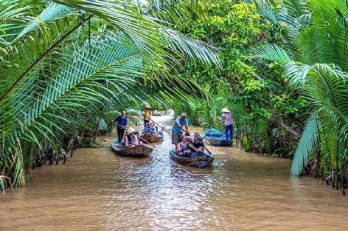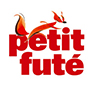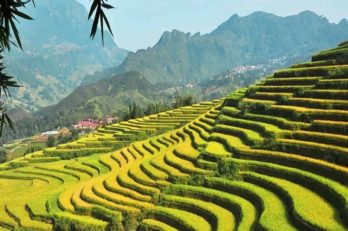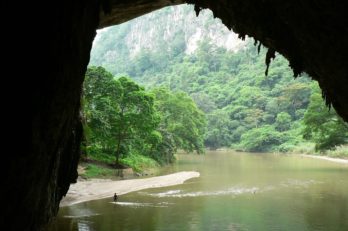Ho Chi Minh (Saigon) – The Dynamic City of Vietnam
Ho Chi Minh City (Saigon) is Vietnam’s commercial headquarters brash and busy with a keen sense of its own importance as Vietnam emerges from years of austerity to claim a place in the “Asian Tiger” economic slugfest.
Located on the Saigon River, Ho Chi Minh City is Vietnam’s major port and largest city, with an estimated population of over eight million people, most of whom cruise the town’s clogged arteries on an estimated three million motorbikes. True to its reputation, the city is noisy, crowded, and dirty, but the central business district is rapidly developing in steel-and-glass precision to rival any city on the globe. The old Saigon still survives in wide downtown avenues flanked by pristine colonials. Hectic and eclectic, Ho Chi Minh City has an attitude all its own.
Saigon is a relatively young Asian city, founded in the 18th century, but its history tells the story of Vietnam’s recent struggles. Settled mainly by civil war refugees from North Vietnam along with Chinese merchants, Saigon quickly became a major commercial center in the late 1800s. With a very convenient protected port along the Saigon River, the city became a confluence in Indochina for goods passing from China and India to Europe.
Places like today popular tourist stop Ben Thanh Market were abuzz with activity. When the French took over the region about that time in the 1880s they called the south “Cochin China,” Annam being central Vietnam and Tonkin the north. Saigon became the capital. We owe the wide boulevards and grand colonial facades of central District 1 to years of French control and influence. After the French left in 1954, Saigon remained the capital of South Vietnam until reunification in 1975.
As the logistical base for American operations during the Vietnam War time, the city is all too familiar to the many American servicemen and women who spent time in Vietnam. Saigon is perhaps best known for its “fall” a pell-mell evacuation from the rooftop of the U. S. Embassy and the desperate last-ditch efforts of helicopter pilots to get just one more person out to the offshore U. S. carriers. The stories of that day, of divided families and the ones left behind, are heart-wrenching.
The years that followed were even bleaker, with a country feeding itself on ideology, not rice, but the progressive Doi Moi economic reforms, which opened Vietnam to foreign investment, aid, and cooperation, set the town on its feet. The city boomed for a little while in the 1990s until foreign investors were choked and bullied by bureaucracy many companies pulling out lock, stock, and barrel but FDI (Foreign Direct Investment) is returning, led mostly by Asian investors (from Japan, Korea, and China). Now the future looks bright for this burgeoning Tiger capital.
There are two distinct seasons in Saigon: The always hot (average 82°F/28°C) and rainy season lasts from May to November, the dry season from December to April.
Some of Saigon’s tourism highlights include the Vietnam History Museum, the grisly War Remnants Museum, and Cholon, the Chinese District, with its pagodas and exotic stores. Dong Khoi Street formerly fashionable Rue Catinat during the French era and Tu Do, or Freedom Street, during the Vietnam War is once again a strip of grand hotels, some dating from the colonial era, new chic shops and boutiques, and lots of fine dining and cafes.
Saigon’s food is some of the best Vietnam has to offer, its nightlife sparkles, and the shopping here is fast and furious. The city is also a logical jumping off point for excursions to southern destinations, including the Mekong Delta, the Cu Chi Tunnels, and Phan Thiet beach.
Thing to do à Sai Gon
01 – Binh Tay Market
Binh Tay Market, constructed by the French in the 1880s, is located in the centre of Vietnam’s largest Chinatown district. Unlike Ben Thanh Market in District 1, this market mainly serves the local population with its extensive range of fresh fruits, vegetables, poultry, meat and seafood from regions across Vietnam. Also known as Cholon Chinatown Market, Binh Tay Market occupies a two-storey building along Thap Moui Street. Travellers can also find an assortment of handicrafts, lacquerware, and textiles that are sold in bulk, though goods are not varied compared to other (more touristy) markets in downtown Hanoi. Along with the interesting historical and cultural aspect of Cholon, Binh Tay Market is great for experiencing the local lifestyle and sampling unique Vietnamese-Chinese delicacies.
02 – The War Remnants Museum
The War Remnants Museum in Ho Chi Minh City first opened to the public in 1975. Once known as the ‘Museum of American War Crimes’, it’s a shocking reminder of the long and brutal Vietnam War. Graphic photographs and American military equipment are on display. There’s a helicopter with rocket launchers, a tank, a fighter plane, a single-seater attack aircraft. You can also see a conventional bomb that weighs at 6,800kg. American troops had used these weapons against the Vietnamese between 1945 and 1975
03 – Cu Chi Tunnel
The Chu Chi Tunnels are part of a massive war museum in Ho Chi Minh. They offer visitors a sneak-peek at the underground life of Vietnamese soldiers back in 1948. The site has over 120km of underground tunnels, with trapdoors, living areas, kitchens, storage facilities, armoury, hospitals, and command centres. After the war against the French, Vietnamese soldiers expanded the tunnels and included effective air filtration systems, which helped them survive the Chu Chi carpet-bombings
It is now one of Ho Chi Minh’s most iconic attractions. You can enjoy plenty of activities during your visit. A popular option is following the narrow routes of the underground tunnel. Before entering the underground tunnels, visitors watch a short film of Chu Chi Tunnels so that they understand how the tunnel system works. Parts of Chu Chi Tunnels are also cemented and widened, so that the crawl is less harrowing than it would have been in the past.
04 – Cao Dai Temples
There are nine hierarchies of worship including a pope, cardinals and archbishop with festivals, rituals and prayer all practiced regularly. The temple is similar in design to a Christian Cathedral featuring side aisles and an altar, as well as a long central nave, all positioned as they would be in a Christian Church. There is even a high dome decorated with clouds and saints. The main focal point is a Divine Eye symbolising God which has the Ying and Yang icon in its pupil. Ceremonies take place daily with two services accompanied by musicians and a choir singing in English to traditional Vietnamese music.
Rshippers at the Cao Dai Temple strive for world peace and harmony with beliefs steeped in a number of world religions. Followers must obey the five virtues of Confucianism – humanity, obligation, civility, knowledge and reliability and have belief in the Buddhist principles of rebirth and karma. Watching Caodiasts pray is one of the major highlights when visiting the temple as they dress in long flowing robes of white for lay followers, yellow, blue or red for priests whilst bishops have the Divine Eye embroidered on their headpieces. During worship men are seated on the right and women on the left with all devotees seated in orderly rows.
The building is a combination of Neo-Gothic, Baroque and Oriental design and is very ornately decorated including dragon wrapped pillars, seven-headed cobras and ceilings of sky blue.
05 – Jade Emperor Pagode
Emperor Jade Pagoda, also known as Tortoise Pagoda, is one of the five most important shrines in Ho Chi Minh City. Built at the turn of the 20th Century by a community of Cantonese who migrated from Guangzhou province in Southwest China, this pagoda is a fine representation of Mahayanist branch of Buddhism that is practiced widely in Vietnam
In the main hall, the Emperor Jade Chua Ngoc Hoang or the ‘God of the Heavens’ reigns supreme. Aided by two assistants, the Emperor decides who can enter this higher realm. Those who don’t pass this gate will meet with the formidable ‘God of Hell’, on the left, who will send sinners to one of the 10 levels of hell. Life in purgatory is magnificently if somewhat gruesomely represented by the intricate carvings on the temple wall, depicting different kinds of punishments that await transgressors. In a different hall, the goddess of fertility Kim Hua, surrounded by figures of women and small children, blesses childless couples who pray for an offspring here. The goddess of mercy Kuan Yin, who forms a very important part of any Taoist temple, has an altar in a room on the top floor. Emperor Jade Pagoda is a living and working shrine very much in use by the locals who come here to prayer or make votive offerings of flowers, and light candles and joss sticks.
With worshippers coming and going, the temple can get busy and feel a little cramped. Its dimly lit, the narrow passageways filled with smoke lend an atmospheric feel to the place, adding to its charm. There is an overcrowded tortoise pond in front of the temple grounds and feeding the animals is considered part of the merit-making, temple-going rituals.
06 – Bitexco Financial Tower and Sky Deck
Ho Chi Minh City’s Bitexco Financial Tower & Sky Deck stands 262 metres high at the centre of the city’s business district and offers visitors an unparalleled city view from its Sky Deck. Designed by renowned American Architect Carlos Zapata, this 68-storey tower houses offices, shops, restaurants, and a helipad. CNNGo recently ranked the building fifth in their listing of the world’s 20 most iconic skyscrapers
The structure also received an ‘Excellence in Structural Engineering’ award from NCSEA in 2011 and is currently the 124th tallest building in the world. The main attraction at the tower is the Sky Deck where visitors can enjoy dramatic views across the bustling city below. Sky Deck visitors are accompanied by an English-speaking guide and can also enjoy interactive touch screen fact boxes delivering information on points of interest regarding city landmarks seen from above.
You can also visit Hanoi.
Have a nice travel!



